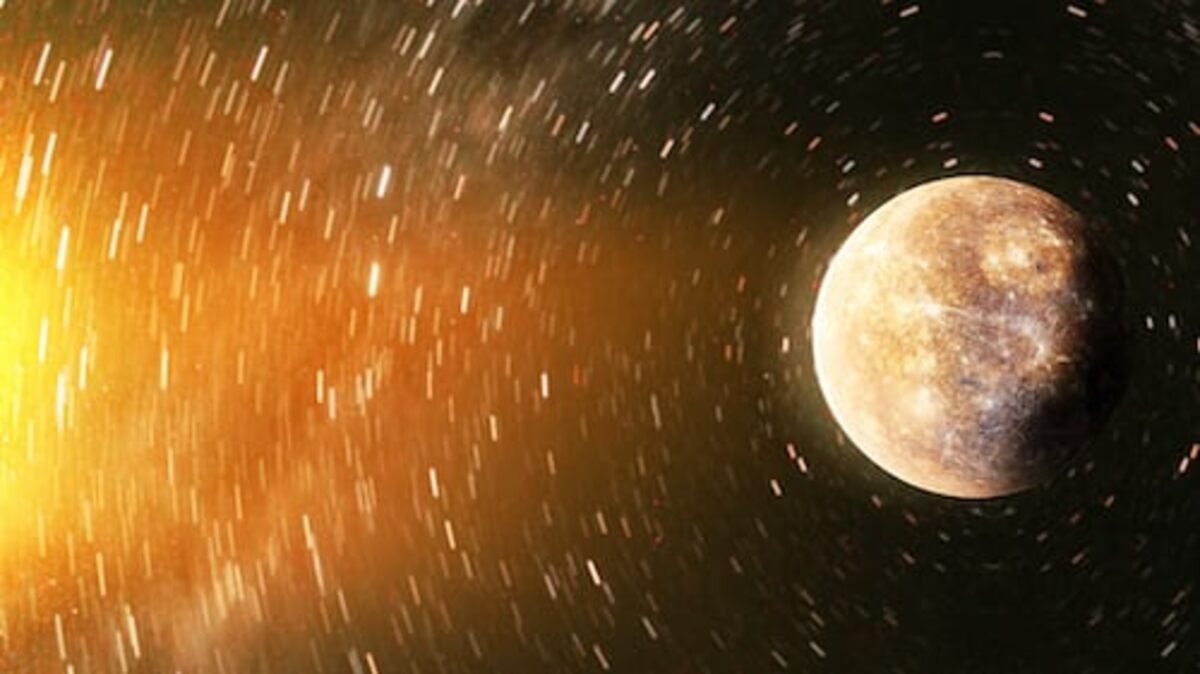Jupiter’s Role in Planetary Migration: Unveiling the Grand Dance of the Solar System
Introduction: Jupiter, the mighty gas giant of our solar system, holds a pivotal role in shaping the dynamics and evolution of our celestial neighborhood. In this article, we delve into the fascinating concept of planetary migration and explore how Jupiter’s presence has influenced the formation and arrangement of our planetary system. As we unravel this cosmic dance, we will also address the intriguing question, “How many Jupiters can fit in the Sun?”
- The Migration of Planets: Planetary migration refers to the movement of planets within a planetary system over time. It is believed that in the early stages of our solar system’s formation, the giant planets, including Jupiter, underwent significant migration, leading to their current positions. This migration process has left an indelible mark on the arrangement and characteristics of the planets we observe today.
- The Grand Tack Hypothesis: The Grand Tack hypothesis offers a compelling explanation for Jupiter’s migration and its impact on the inner solar system. According to this hypothesis, Jupiter formed further out in the protoplanetary disk and gradually migrated inward. As it migrated, it interacted gravitationally with the disk’s material and other planets, particularly Saturn. This interaction caused the migration to slow down and eventually reverse direction, resulting in Jupiter settling in its current orbit while pushing smaller, rocky planets inward.
- The Influence on Asteroid Belt Formation: Jupiter’s migration had significant implications for forming the asteroid belt, a region between Mars and Jupiter. As Jupiter migrated inward, its gravitational influence scattered and perturbed numerous planetesimals and proto-planets, preventing them from accreting into a larger planet. Instead, these objects became trapped in the region we now know as the asteroid belt. Jupiter’s presence in its current orbit helps maintain the stability and structure of the asteroid belt as it acts as a gravitational shepherd, preventing the objects from merging into a single body.
- Securing the Habitable Zone: Jupiter’s migration and subsequent positioning played a crucial role in shaping the habitable zone of our solar system. By migrating inward, Jupiter’s gravitational influence on other planets prevented them from venturing too close to the Sun. This helped establish a stable environment within the habitable zone, allowing Earth to develop and maintain the conditions for life to flourish.
- The “How many Jupiters can fit in the Sun” Conundrum: Returning to the central question, let’s explore the comparison between Jupiter and the Sun. Jupiter’s diameter is approximately 11 times smaller than the Sun’s, suggesting that you could fit around 1,300 Earths or 11 Jupiters side by side across the Sun’s diameter. However, when considering the Sun’s mass, which is over 1,000 times greater than Jupiter’s, you could fit approximately 1.3 million Jupiters within the Sun. This striking contrast emphasizes the vast disparity in size and mass between the giant planet and our luminous star.
Conclusion:
Jupiter’s migration during the early stages of our solar system played a significant role in shaping the arrangement of planets and establishing stable orbits within the habitable zone. Its influence on the formation of the asteroid belt and its gravitational interactions with other planets highlight the intricate interplay of celestial bodies. As we contemplate how many Jupiters can fit in the Sun, we gain a deeper understanding of Jupiter’s influence on the grand dance of our solar system.

